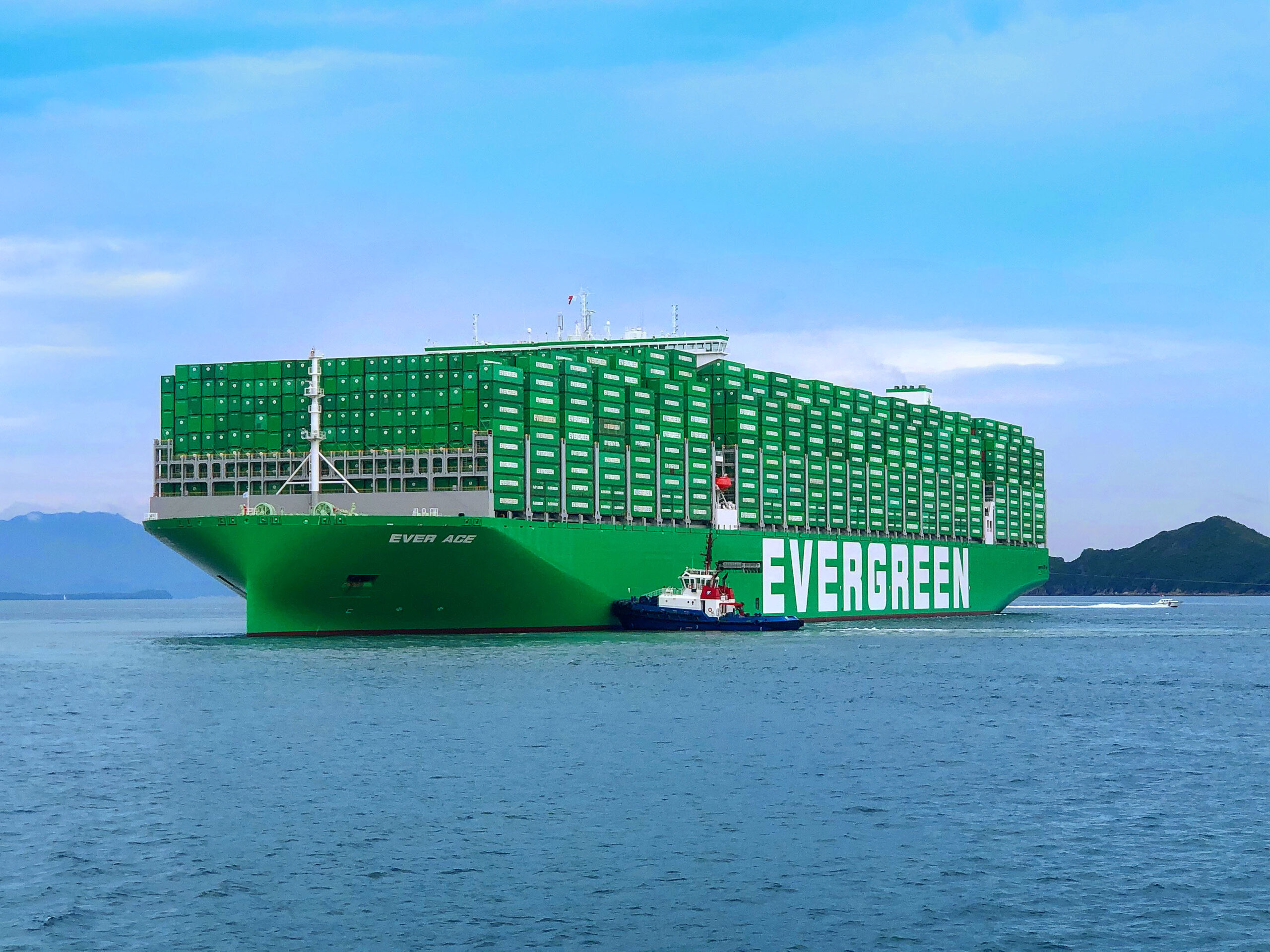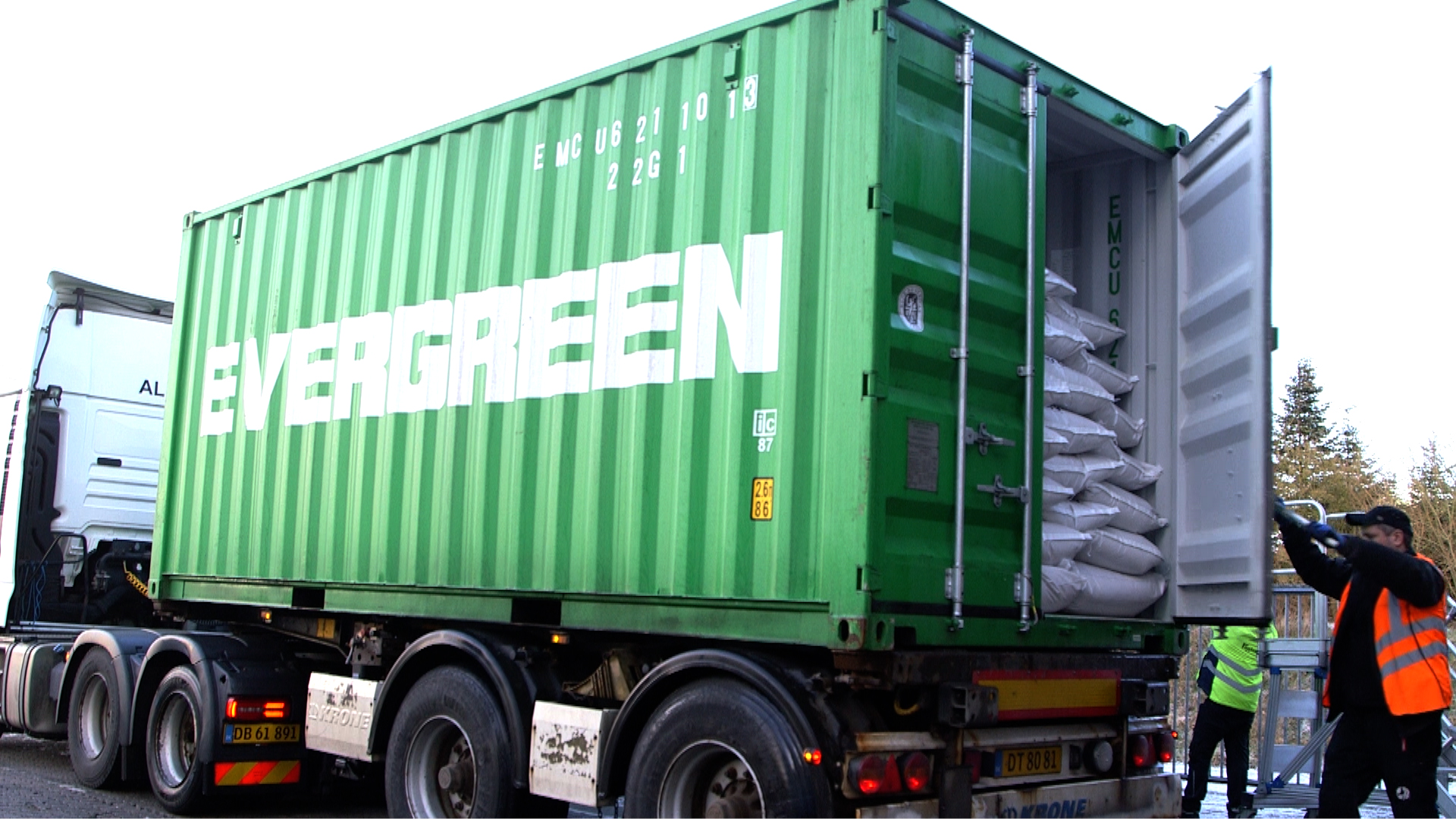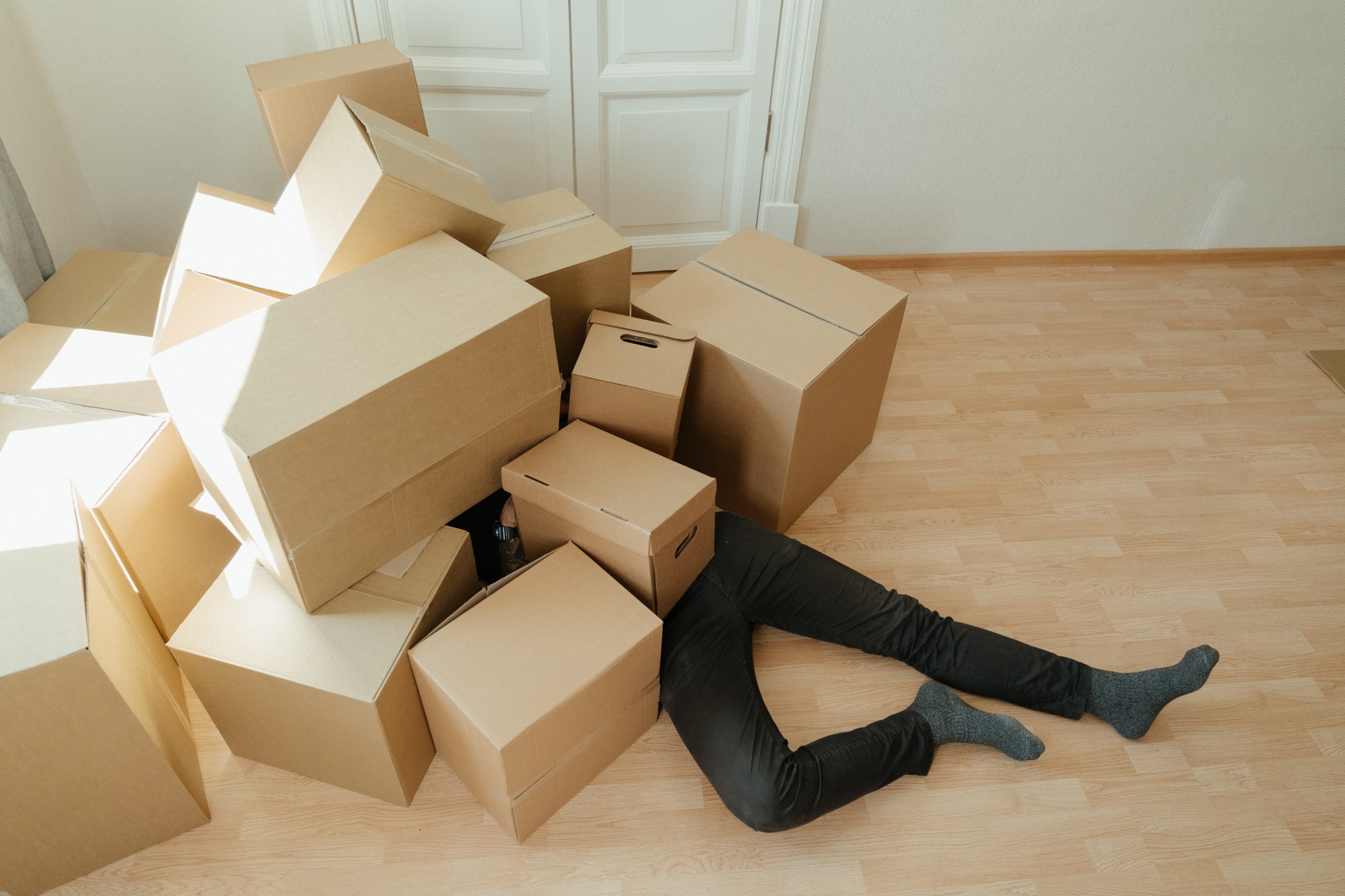Shipping hazardous goods is not an easy task. There are many aspects to consider when it comes to packaging and labeling as well as handling of the goods in loading terminals, ports and on vessels. In this article, we have summarised what dangerous goods are, which international guidelines to follow and what kind of special treatment dangerous goods require to enable safe transportation at sea.
UN’s classification helps to categorise dangerous goods
United Nations Committee of Experts has published recommendations on the transport of dangerous goods. These recommendations are adopted by the regulatory organisation responsible for the different modes of transport.
It is crucial to be fully aware of the properties of dangerous goods in order to ensure a safe transportation. Goods that are listed as dangerous contain hazardous substances that can harm humans, living organisms and the environment in various ways. All hazardous materials are identified with a unique UN number. The regulation is based on a classification system which, depending on the nature of the danger, assigns substance or articles to one of nine classes. Category 1 is the most dangerous and category 9 is the least dangerous.
The classification consists of:
Class 1 Explosives
Class 2 Gases (flammable, non-flammable, non-toxic and toxic gases)
Class 3 Flammable liquids
Class 4 Flammable solids
Class 5 Oxidising substances, Organic peroxides
Class 6 Toxic and infectious substances
Class 7 Radioactive material
Class 8 Corrosives
Class 9 Miscellaneous dangerous goods
IMDG Code – regulates sea transportation of hazardous materials
The International Maritime Dangerous Goods Code (IMDG Code) was developed as an international code for the maritime transport of dangerous goods in packaged form, in order to enhance and harmonise the safe carriage of dangerous goods and to prevent pollution to the environment. The IMDG Code is based on relevant parts from SOLAS (Safety Of Life At Sea) and MARPOL (the International Convention for the Prevention of pollution from Ships) and is mandatory for transportation of hazardous cargo by sea.
Special treatment is required to minimise risks and damages
Dangerous goods have special transport requirements to eliminate or minimise risks. All dangerous goods need to have proper packaging and labeling, they need to be stored, loaded and stowed in a proper way and require special handling throughout the whole transportation chain. Also, everyone dealing with dangerous goods need to have special training. Everyone in the transportation chain of hazardous substances must be fully aware of the risks and actions required to minimise potential damages and accidents. They need to know how to handle this type of cargo, how to react and what to do if something goes wrong.
These types of goods have different requirements, for example chemicals that become dangerous when they are wet need to be shipped in a dry condition and goods that need to maintain a low temperature must not be heated. Some goods are not allowed to be stored together in the same container and therefore must be properly segregated. If an accident would happen these goods may interact and cause severe consequences. Containers positions on-board the vessels must also be regulated and proper distance to other dangerous goods must be maintained. These measures are equally important on-board the vessels as in warehouses, loading terminals and ports.
Safe shipping of hazardous goods on a daily basis
Prior to sending containers with hazardous cargo by sea, there are a number of documents to fill in. Dangerous goods declaration, special permissions and exceptions, competent authority approvals, safety checklists, packaging and labeling requirements and other supporting documents all have certain terms to follow.
In order to facilitate the process and ensure a safe transportation of your goods, it is important to choose a transportation partner that you can trust and that offers help and advice whenever needed. When it comes to transportation of hazardous goods, Jevgeni Mihhailov at Greencarrier Liner Agency in Tallinn has expertise within handling transportations of hazardous goods going from Europe to Asia and USA.
“If a customer has questions regarding transportation of dangerous goods we provide our support and assistance in understanding and complying with regulations and requirements. We explain how the documents need to be filled in and where to get additional certificates if they are needed. We think it is very important to support our customers with proper feedback. Before departure, we make sure that all documentations are properly handled and that the goods live up to all necessary requirements. That is very important in order to achieve a safe transportation. And in addition, it speeds up the transportation process when it comes to cargo approval. Due to our thorough controls, we minimise potential risks of damages and accidents and allow the transportation chain to run smoothly. This means we keep the goods safe and the environment green”, says Jevgeni Mihhailov, Sales Manager at Greencarrier Liner Agency Estonia.
We hope you enjoyed reading this article and that you gained some new knowledge about transportation of dangerous goods. Feel free to contact Jevgeni Mihhailov, our expert within the area, if you have any questions. Learn more about how Greencarrier Liner Agency enables safe transportation in the shipping industry, and do not forget to share your thoughts with us on social media.




